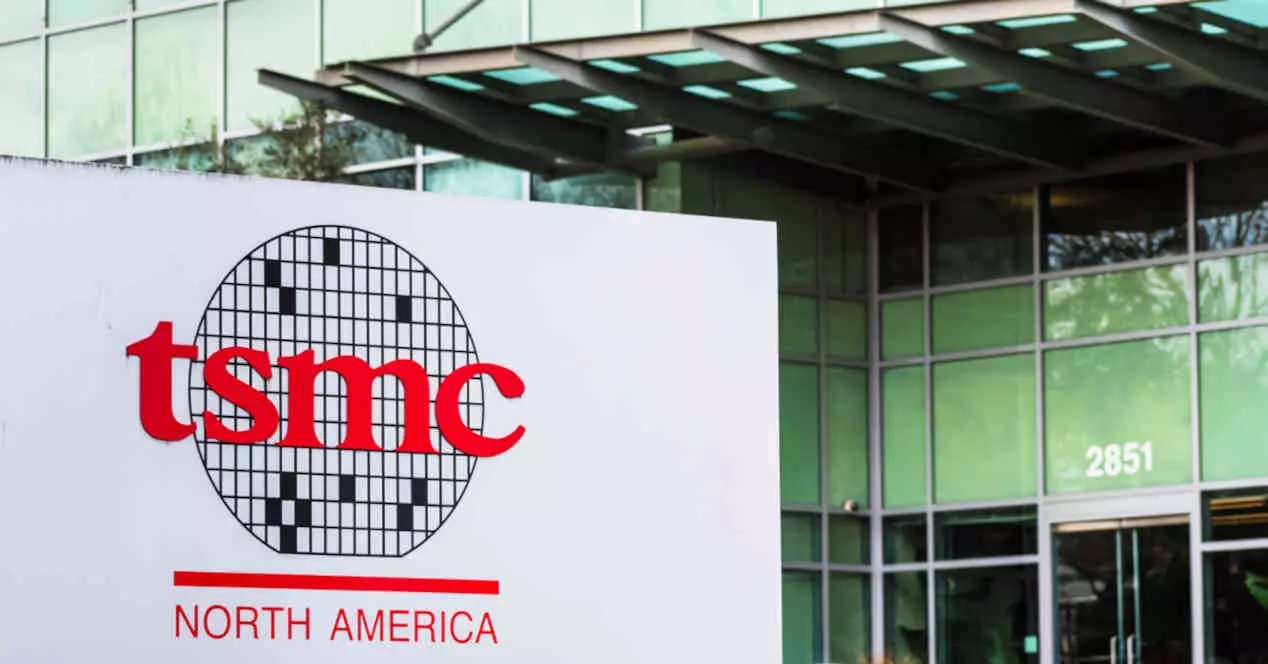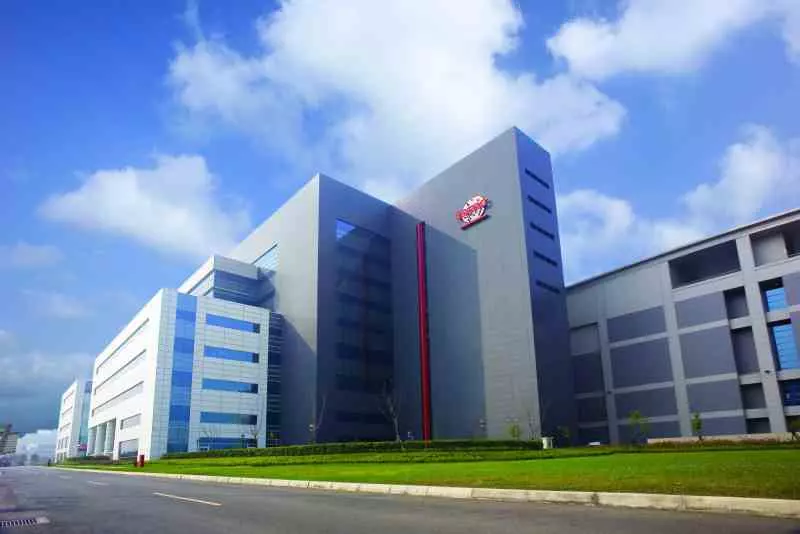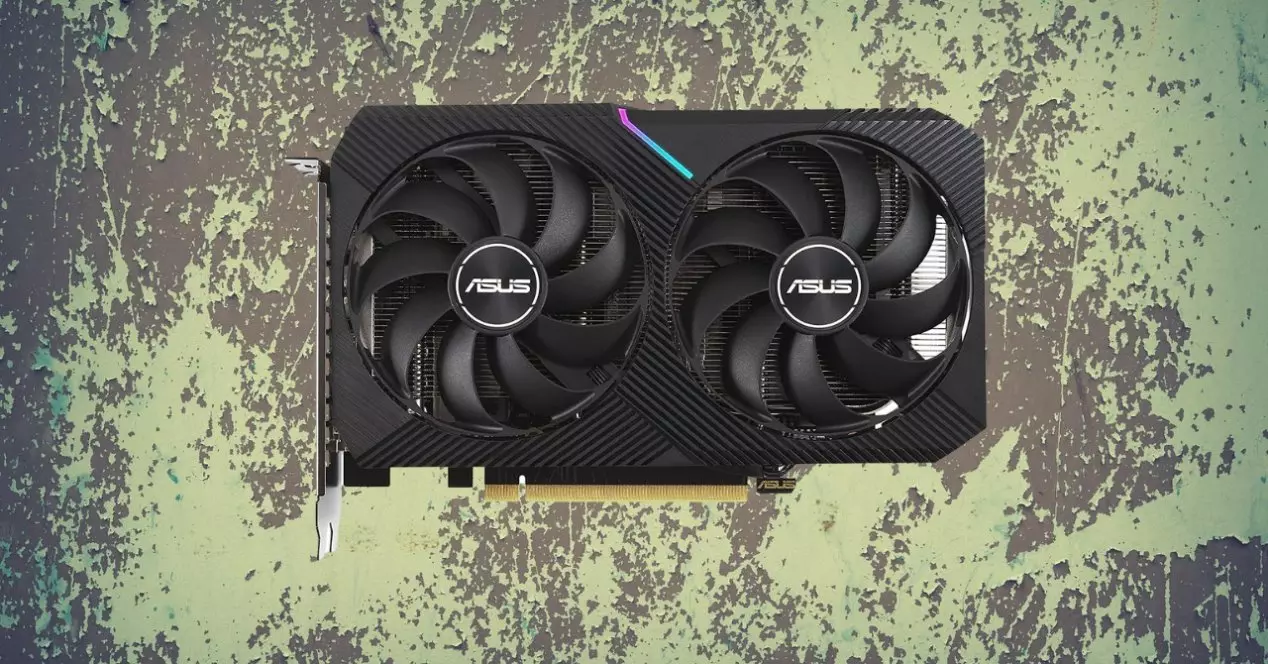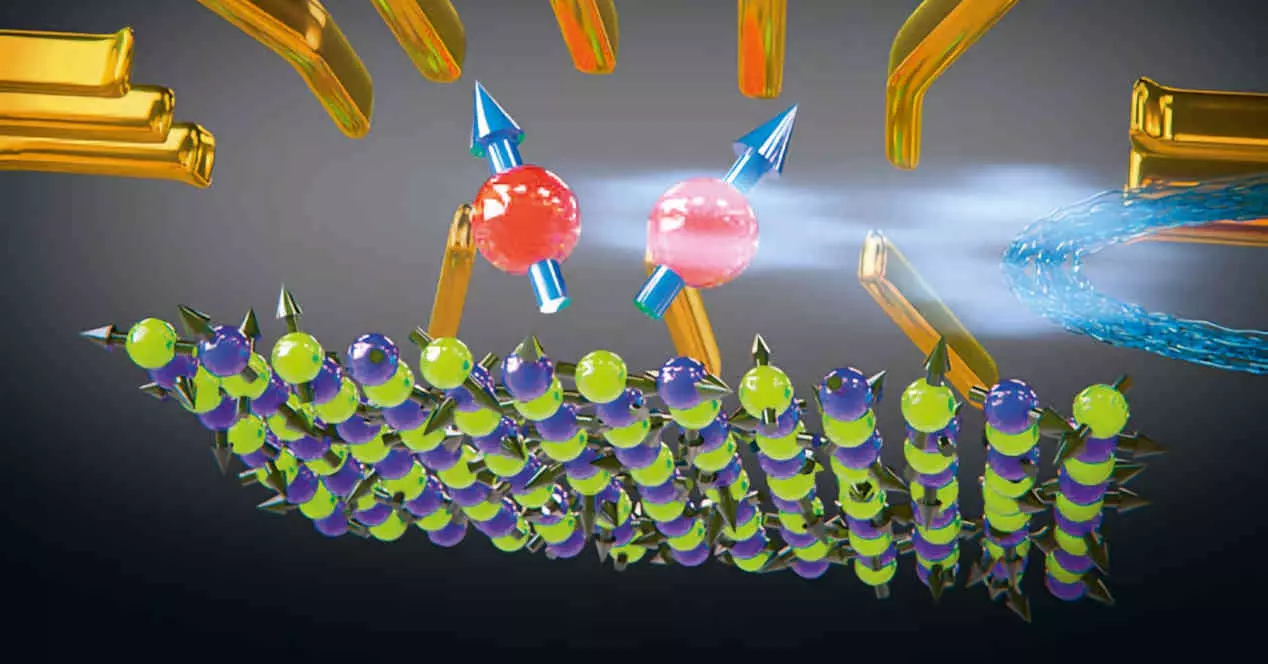
Today we can catalog markets in two different ways: the first is what we call a Blue Ocean where there is no competition and the company offers a unique product or service in the market and therefore does not offer any other. Until now, TSMC was immersed in a blue ocean with its nodes of N7 and N5, which are the most advanced that the industry can offer for the manufacture of new processors and that has allowed TSMC to have such important clients as Apple and AMD.
Intel, on the other hand, despite going hand in hand with TSMC, only manufactured for itself, in a vertically integrated business model where from the design of the different processors to their manufacture, it was done by the company itself. But with the arrival of Pat Gelsinger and Intel’s policy of licensing its factories, part of the production will be offered to third parties and this means that TSMC could lose some (good) customers. And how do two companies compete when they provide the same product or service? In the price, what is the basis of all red ocean, this being the second way to catalog a market.
TSMC changes plans for its N5 node in the United States
One of TSMC’s plans is to build a plant in 2024 to manufacture chips manufactured under its N5 node in Arizona, United States. The different sources familiar with the matter affirm that the plant in Arizona is not easy to build. Among various reasons they wield the desert character that for environmental reasons end up affecting the transport of the base materials. Apart from environmental laws, which are much stricter than in Taiwan and much higher wages.
Intel’s entry into the market for manufacturing processors for third parties in the United States leaves TSMC’s plans in that country between a rock and a hard place, given that the Arizona plant was raised before Intel made the announcement of its change of strategy. This has made TSMC have decided to completely change their manufacturing strategy and propose that this is done jointly between Taiwan and the United States. In other words, it will be manufactured in Taiwan and shipped to Arizona for assembly to cut costs.
Despite the increase in transport costs due to COVID-19, saving It is 30% compared to doing it only in the country currently chaired by Joe Biden. Which is key to be able to compete against an Intel willing to give part of its productive capacity to the highest bidder. Faced with this situation, TSMC has no other option but to lower prices, both to attract new customers and to avoid losing them.
This collides head-on with the policy just approved by the company, where it has increased costs by 15% on average. They are cheaper to build therefore 5 nm compared to 7 nm.



